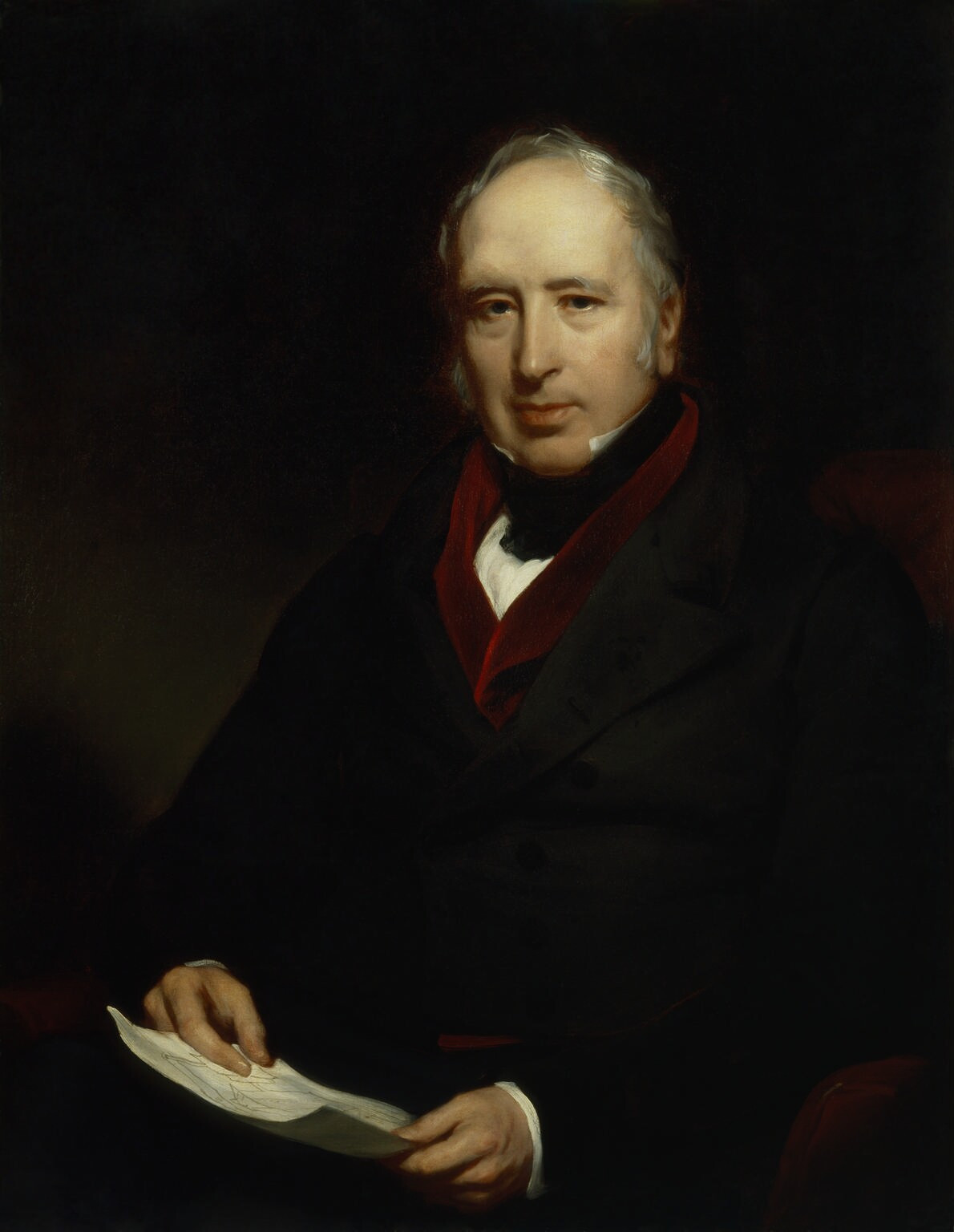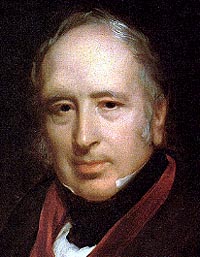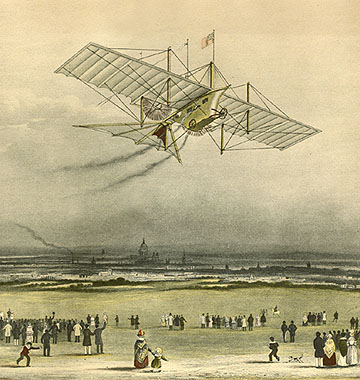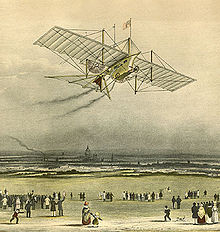mspence
Banned
George Cayley would seem to be the best bet for this IMO:

 en.wikipedia.org
en.wikipedia.org

Another early contender?

 en.wikipedia.org
en.wikipedia.org


George Cayley - Wikipedia

Another early contender?

Aerial steam carriage - Wikipedia
